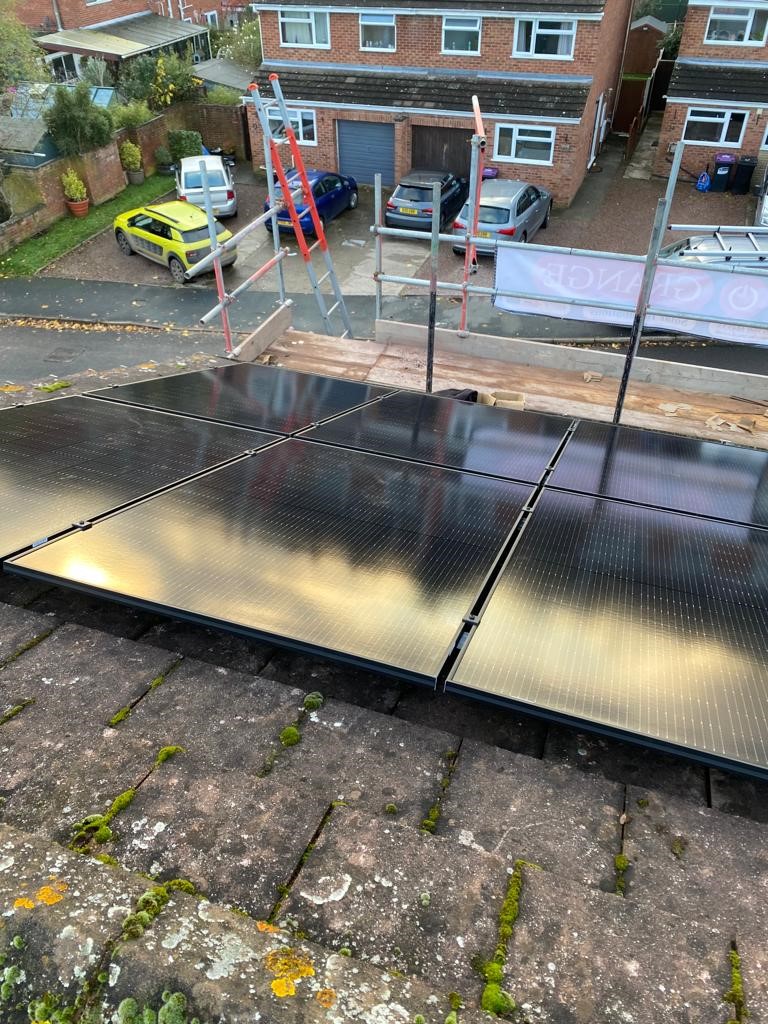Solar panels, also known as photovoltaic (PV) panels, are devices that convert sunlight into electricity. They are made up of multiple solar cells, which are typically made of silicon, a semiconductor material.
Here’s how solar panels work:
Sunlight Absorption
When sunlight hits the solar panel, the cells within the panel absorb the photons (particles of light) from the sunlight.
Electron Excitation
The absorbed photons transfer their energy to the electrons in the silicon atoms of the solar cells. This energy excites the electrons, causing them to break free from their atoms and create an electric current.
Electric Current Generation
The freed electrons flow through the silicon cells, creating a direct current (DC) of electricity. This DC current is then collected by metal contacts on the top and bottom of the solar cells.
Electrical Conversion
The DC electricity generated by the solar cells is then converted into alternating current (AC) electricity using an inverter. AC electricity is the type of electricity used in homes and businesses.
Power Distribution
The converted AC electricity can be used to power electrical appliances and devices in your home or business. Any excess electricity generated by the solar panels can be fed back into the grid, earning credits or compensation from your utility company through net metering or feed-in tariffs.
It’s important to note that solar panels require direct sunlight to generate electricity efficiently. They work best when installed in a location with ample sunlight exposure, typically on rooftops or open areas free from shading. The size and number of solar panels needed depend on factors such as energy consumption, available roof space, and desired electricity generation.
Solar panels have become increasingly popular due to their environmental benefits, cost savings, and long-term energy independence. They are a clean and renewable energy solution that can contribute to a more sustainable and resilient energy future.


